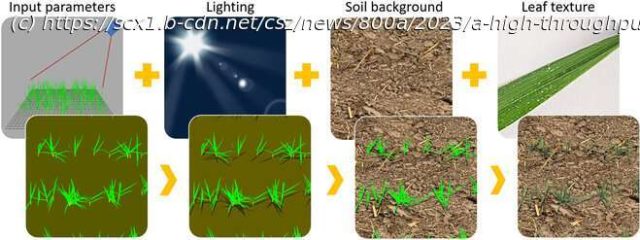In cereal crops, the number of new leaves each plant produces is used to study the periodic events that constitute the biological life cycle of the crop. The conventional method of determining leaf numbers involves manual counting, which is slow, labor-intensive, and usually associated with large uncertainties because of the small sample sizes involved. It is thus difficult to get accurate estimates of some traits by manually counting leaves.
In cereal crops, the number of new leaves each plant produces is used to study the periodic events that constitute the biological life cycle of the crop. The conventional method of determining leaf numbers involves manual counting, which is slow, labor-intensive, and usually associated with large uncertainties because of the small sample sizes involved. It is thus difficult to get accurate estimates of some traits by manually counting leaves.
Conventional methods have, however, been improved upon with technology. Deep learning has enabled the use of object detection and segmentation algorithms to estimate the number of plants (and leaves on these plants) in an area. There is, however, a roadblock to using these algorithms. They count leaf tips, which appear tiny in images, proving difficult to detect. Consequently, deep learning methods often fail to perform in actual field conditions.
Aiming to solve this problem, a multinational research team developed a self-supervised leaf-tip counting method based on deep learning techniques, which yielded wheat leaf count with high accuracy.






